Ofcom UK Sets Plan to Auction 26GHz and 40GHz for Faster 5G Mobile

The UK media and telecoms regulator, Ofcom, has today revealed more details about their proposed plan to auction off a large chunk of millimetre wave (mmW) radio spectrum frequency across the 26GHz and 40GHz bands, which will be used by mobile operators to deliver even faster 5G (mobile broadband) services in urban areas.
At present most mobile operators, including EE (BT), O2 (VMO2), Vodafone and Three UK, already have access to several 5G friendly mobile bands between 700MHz to 3.8GHz. Such spectrum reflects the same sort of bands that mobile operators have been harnessing since the advent of the first 3G and 4G data networks some years ago.
The move to auction off the two higher frequencies of 26GHz and 40GHz is designed to complement that by providing mobile operators with lots of additional spectrum frequency, which means more data capacity to potentially support extremely fast speeds (e.g. multi-Gigabit performance is easier). The catch is that such signals are very easily disrupted (weak) and can only travel a short distance in a mobile environment.
Advertisement
Put another way, mmW bands like this are more useful when serving densely populated areas (e.g. city shopping malls, airports, events etc.) and for supporting fixed wireless access (FWA) style broadband links to specific homes and businesses. But they won’t do much, if anything, to expand overall geographic network coverage.
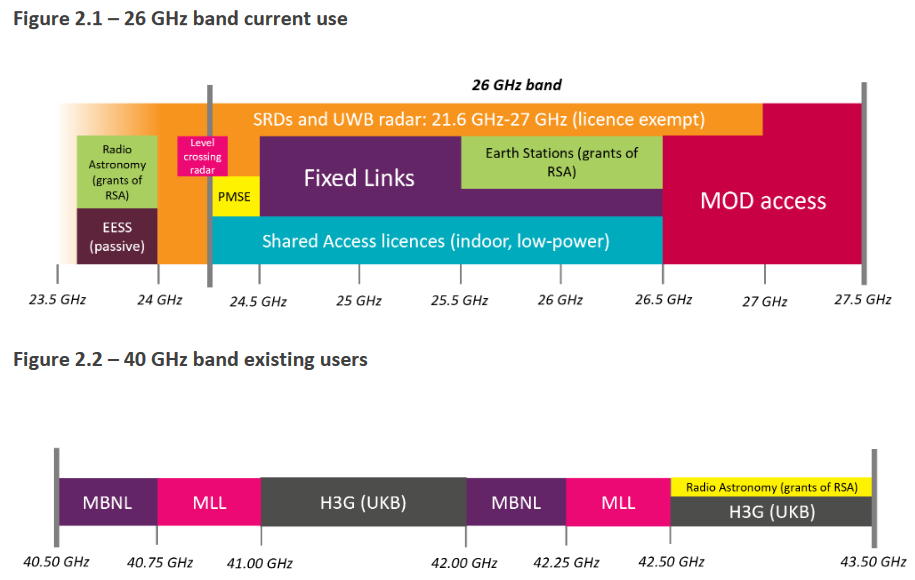
Ofcom have been busy consulting upon how they intend to auction off the new bands since earlier this year (here) and the regulator has today revealed the first details of their chosen strategy. In 68 major towns and cities across the UK, they will award 15-year, fixed term citywide licences (“high density areas”) to use mmWave spectrum by auction.
The regulator will also assign more localised licences (“low density areas”) within these cities – and elsewhere in the UK where they expect deployments to be sparser – on a first come, first served basis, using their Shared Access licensing framework. But in order to avoid any complications, they won’t be holding the auction until AFTER the competition watchdog (CMA) has decided the outcome of Vodafone and Three UK’s proposed merger (here) – this is sensible as that may involve some changes in competitive spectrum ownership.
Advertisement
What Ofcom have decided – in brief
We are enabling opportunities to access mmWave spectrum across the country for a variety of new uses, including 5G. In this document, we set out our decisions to:
• Auction Spectrum Access licences to use both 26 GHz and 40 GHz spectrum in the major towns and cities, where we expect the highest volume of mmWave deployment (“high density areas”). We refer to these licences as the “award licences” in the remainder of this document.
• Hold this auction after the CMA’s decision on the proposed merger between H3G and Vodafone.
• Set a 15 year term for these award licences and consult on our approach to ensuring an efficient allocation of the spectrum at the end of this term.
• Include the majority of our standard Spectrum Access licence terms and conditions in the award licences, and our standard Shared Access licence terms and conditions in the Shared Access licences.
• Include technical conditions specific to mmWave spectrum, in particular we will set a maximum transmit power of 36 dBm in the award licences and the medium power Shared Access licences.
• Use the method that we proposed in March 2023 for identifying which fixed links using mmWave spectrum and located outside high density areas are likely to receive harmful interference from new users operating in high density areas.
As part of this the regulator will first need to clear the incumbent fixed wireless links that currently exist in the associated bands, which will not be able to coexist with mobile technology in this spectrum. For services in the 26GHz band, at least those deemed to be at risk of causing interference, this means following a statutory revocation process (this will begin soon for high density areas).
Last time we also highlighted how Three UK, which is one of the four major mobile operators, already holds a block of the 40GHz band (as does MBNL and MLL Limited), which could potentially create some competition concerns.
The regulator recently completed the statutory process for revoking existing licences in the 40GHz band and revoked them with effect from 1st June 2028. Ofcom’s announcement reveals that, in high density areas, they will now offer to grant individual fixed link licences for this band before the end of the revocation period (i.e. before June 2028).
Ofcom plans to publish a statement and further consultation on the design of the auction process “later this year“, while the CMA’s final decision on the proposed merger between Three UK and Vodafone isn’t expected until September 2024.
Advertisement
In other words, the regulator does NOT “expect the award process to begin before Q3 FY 2024/25“. Nevertheless, they do plan to make Shared Access licences available in the 26GHz band early next year (i.e. the competition impacts of these are lower).
Mark is a professional technology writer, IT consultant and computer engineer from Dorset (England), he also founded ISPreview in 1999 and enjoys analysing the latest telecoms and broadband developments. Find me on X (Twitter), Mastodon, Facebook, BlueSky, Threads.net and Linkedin.
« BT Wi-Fi Starts Promoting Future UK Rebrand to EE WiFi
The Top 5 Fastest and Slowest Parts of the UK for Broadband »





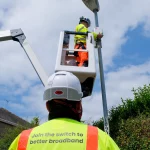



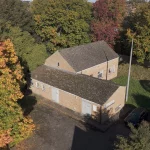
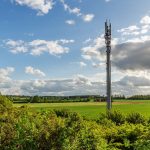

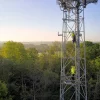
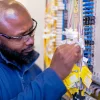







































Whilst I do see the need for a regulator, and for spectrum allocation and such, I do also think this is “money from thin air” for the government. Is it right that the government should control (by which I mean charge money”) for use of the EM spectrum? I can completely, 100% understand and agree with the need to allocate who can do what; But to charge millions for something they have no real right to, seems obtuse. Hey, you get sunlight, on your solar panels, I think we should tax you for the solar light you recieved from the sun. Farcical, but it amounts to the same thing as Ofcom charging people for using EM spectrum.
just the same as charging for the gas and oil under our feet, the water that falls from the sky and flows in our rivers.
pretty much the only thing that is free is Air and sunlight!.
although the idea of a licence for radio is sound, to prevent misuse and interference, the cost of it isn’t, although if that money was actually used constructively… e.g. schools and hospitals…….
I don’t personally agree with you because: the same thin air is a finite resource, we don’t have infinite bandwidth, we can only increase spectral efficiency within channels we have and if needed adopt new technologies on different bands, but then not all frequencies have the same propagation, capacity and usage characteristics. The regulator is there to ensure the finite resource is balanced between users and the service they need to offer. In that I suppose I diverge from many but I think this should be the occasion to not do the same mistake done with T-Mo+Orange merger.
Ah the tin foil hat brigade will be frothing
Yes “nimbys” geriatric tech ilitrate pensioners who don’t want stuff in there backyard like 5g masts.
Before generalising, you might want to check out some of the pictures of anti 5g and related protests – plenty of young and middle aged people apparent. But demonise the old of it makes you feel good.
Need to make it reliable first, 5G is not good around here at all. I have said before, no good being fast if it don’t work.